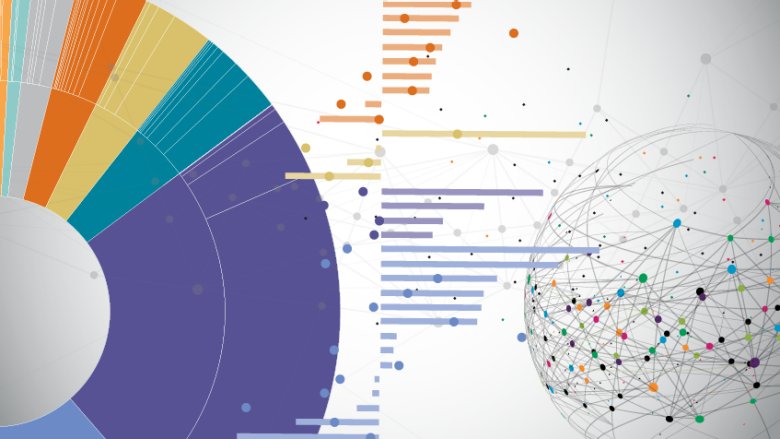The Multidimensional Poverty Measure (MPM) seeks to understand poverty beyond monetary deprivations (which remain the focal point of the World Bank��s monitoring of global poverty) by including access to education and basic infrastructure along with the monetary headcount ratio at the $3.00 international poverty line.
ľ��ӰԺ��s measure takes inspiration and guidance from other prominent global multidimensional measures, particularly the developed by the United Nations Development Programme (UNDP) and Oxford University, but includes monetary poverty less than $3.00 per day, the international poverty line at 2021 PPP (Purchasing Power Parity), as one of the dimensions. Under this broader definition of poverty, many more people come into view as poor.
While monetary poverty is strongly correlated with deprivations in other domains, this correlation is far from perfect. According to the latest Global Poverty update, about 18 in 100 people globally is multidimensionally poor. Deprivations in nonmonetary dimensions like access to schooling and basic infrastructure, compound poverty and perpetuate cycles of inequality. Securing higher living standards for a population becomes more challenging when poverty in all its forms is considered, but it can provide policymakers with a roadmap for and a means of monitoring improvements in welfare.
Explore the latest Multidimensional Poverty (MPM) data
The June 2025 update presents the 9th edition of the World Bank��s Multidimensional Poverty Measure (MPM), which includes the latest estimates for 120 economies. A full list of 154 countries with the latest and historical MPM data is available below. Major updates to the MPM database happen around spring every year, with the possibility of a smaller update in September some years.
Learn more about the MPM methodology and the latest edition of the database in this .
Download the latest data on the multidimensional poverty measure
(available in and ).
Download historical MPM data
Last Updated: June 2025
